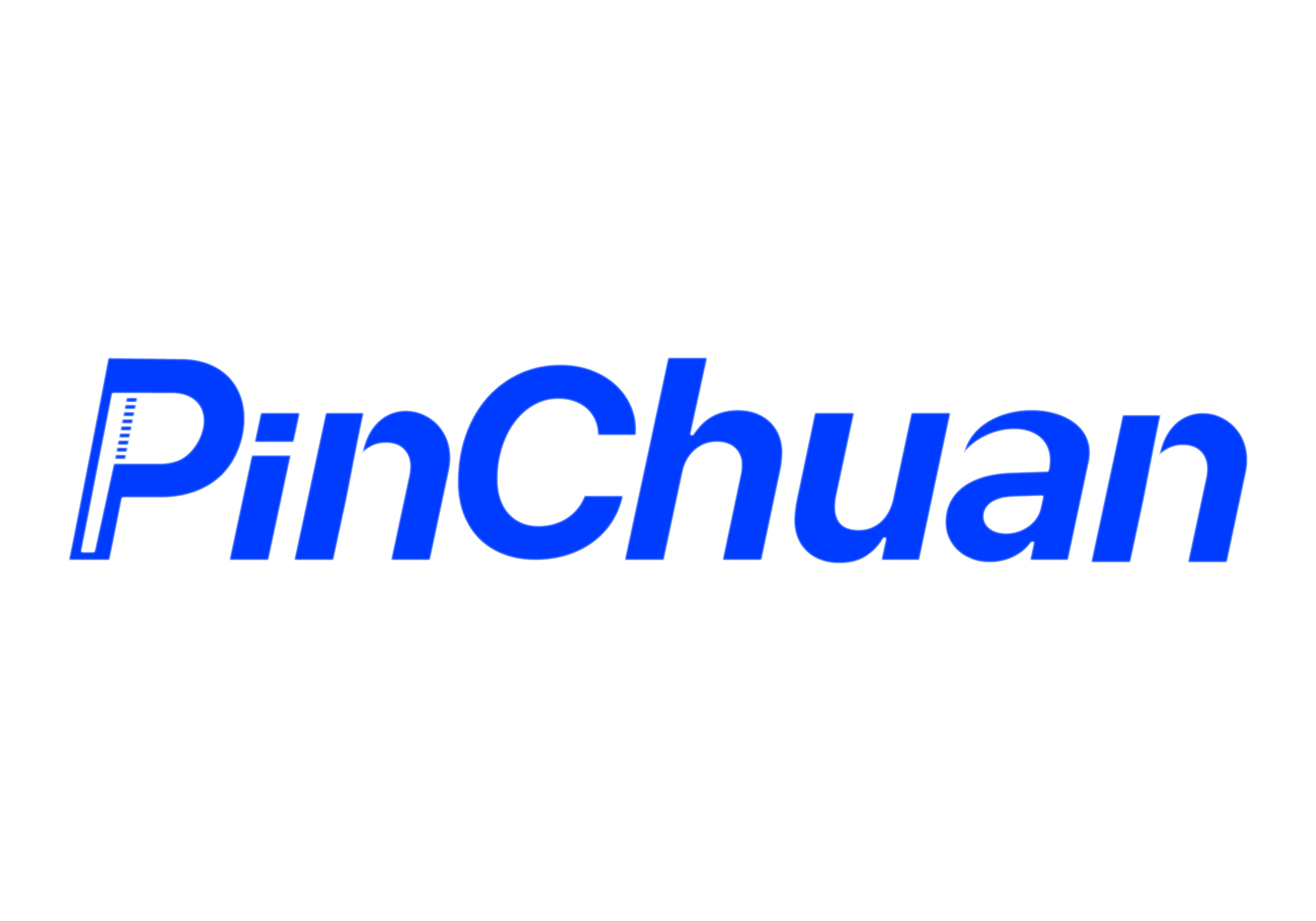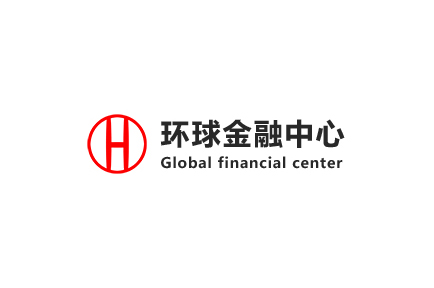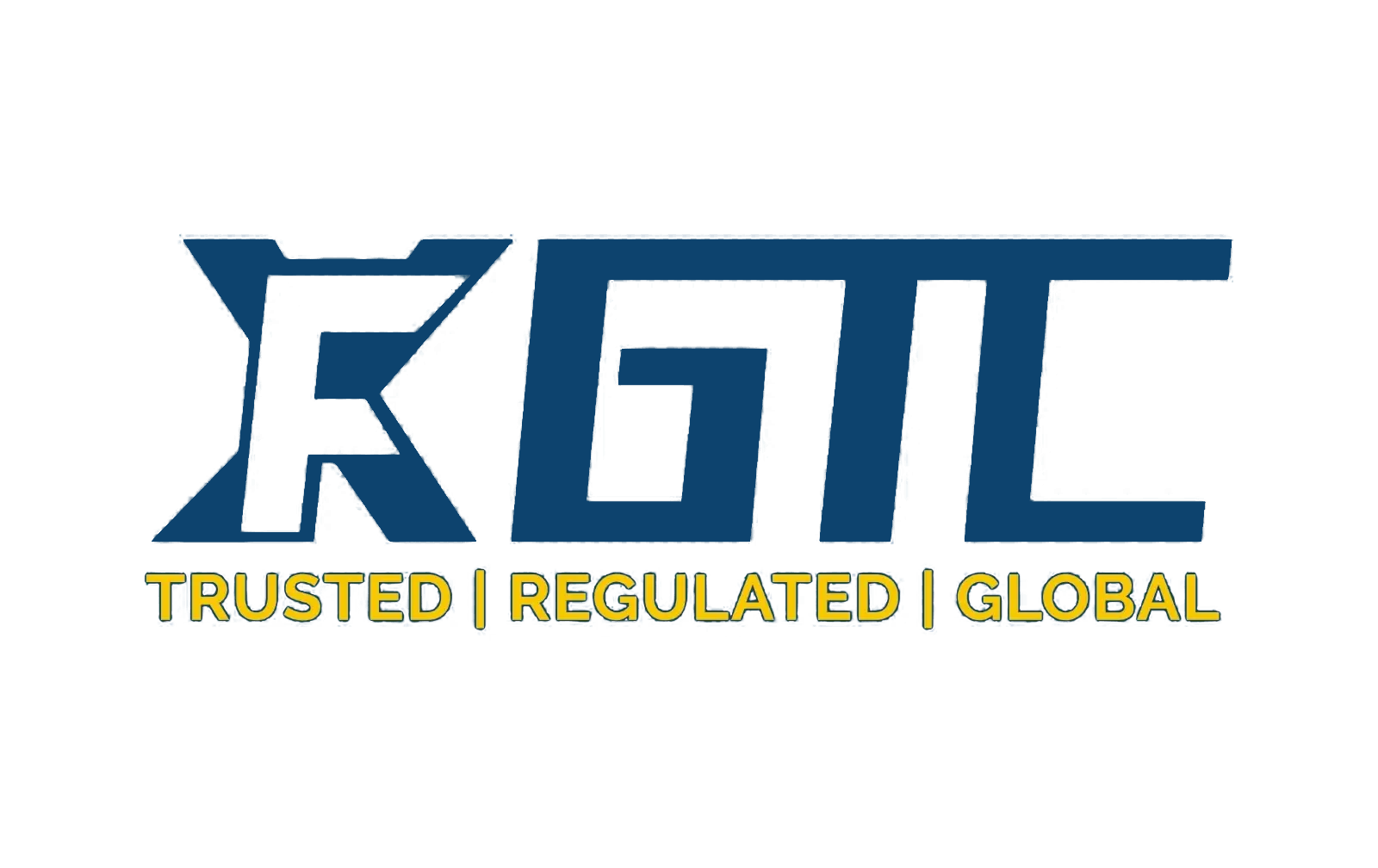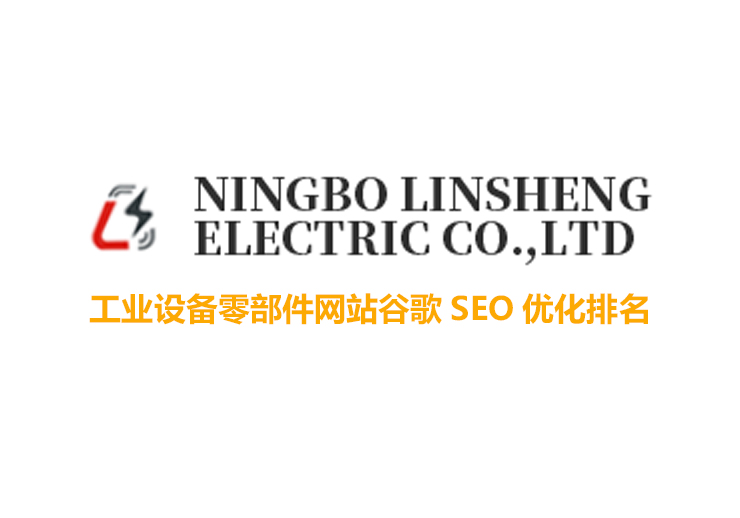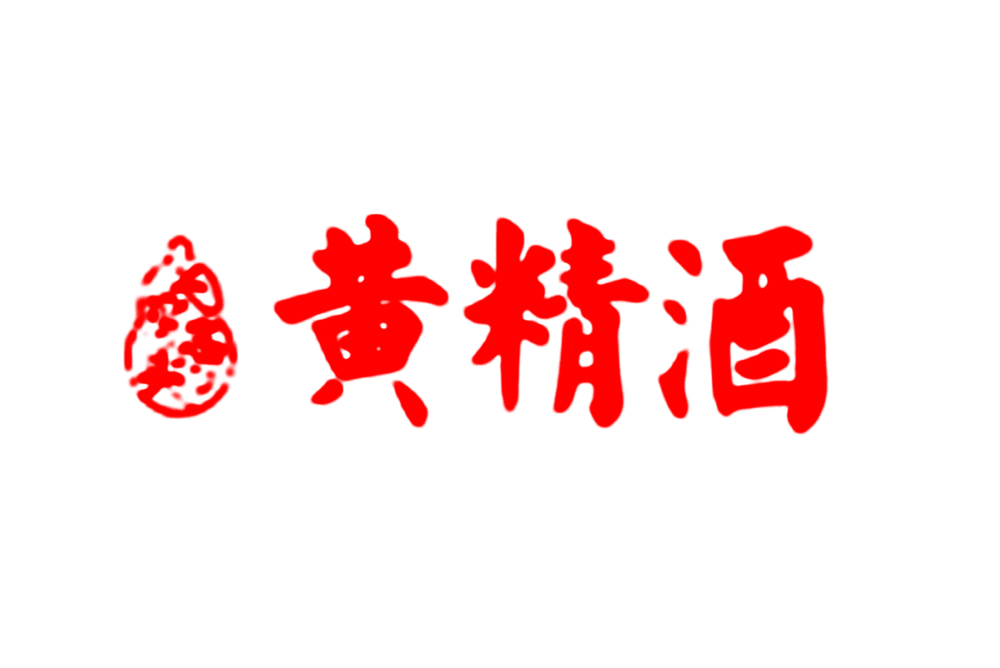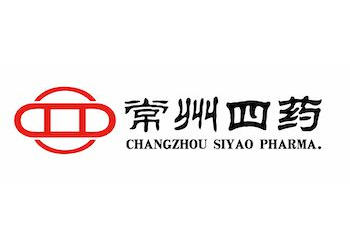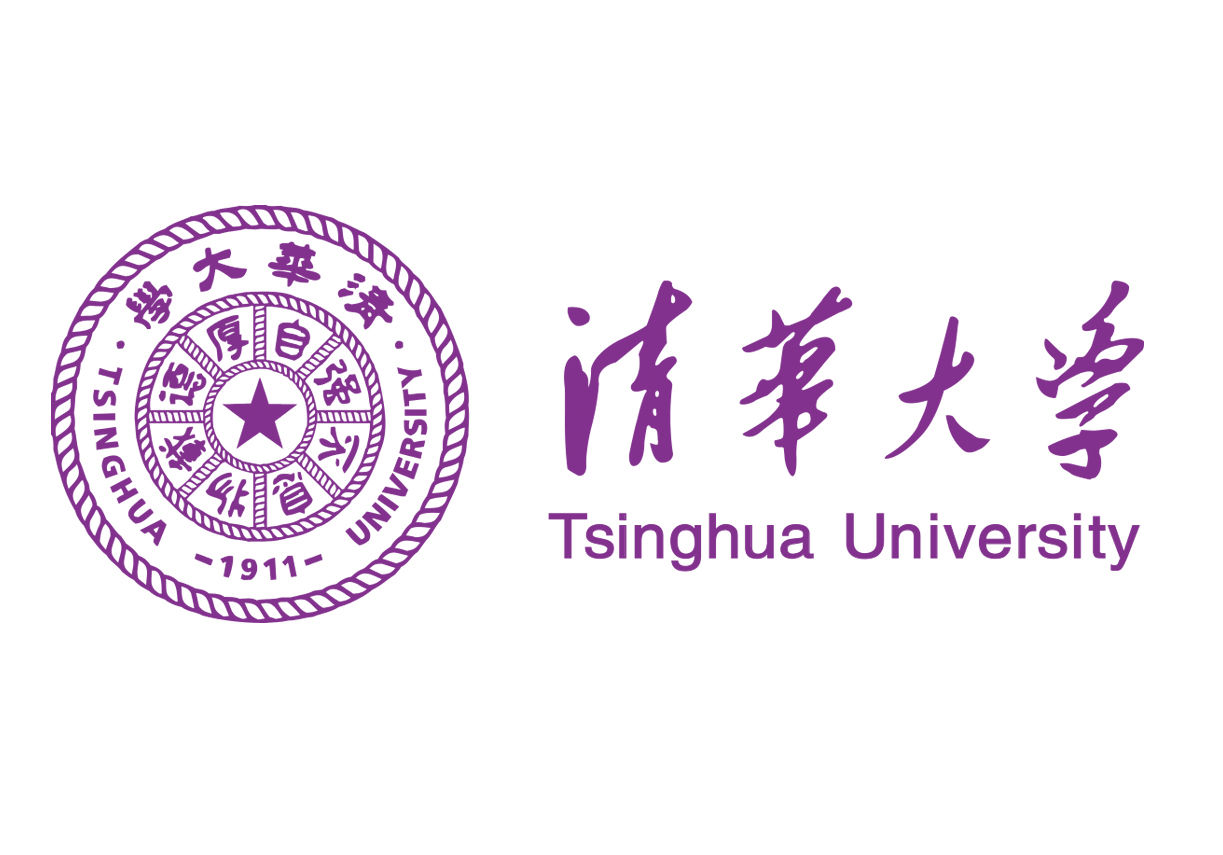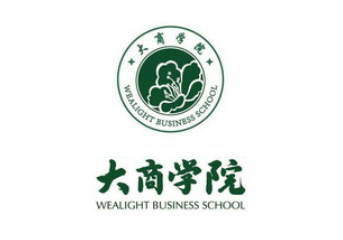SEO
2025 Independent Website SEO Optimization Ranking Strategy
2025 Independent Website SEO Optimization Ranking Strategy
Based on the current trends in search engine optimization, adjustments are made to meet user needs, behavioral changes, and improvements in search engine algorithms. The following is a comprehensive SEO optimization strategy for 2025, covering key aspects such as technology, content, and user experience.

1、 Technical SEO optimization
1. Website speed optimization
In 2025, the impact of webpage loading speed on rankings will continue to increase, especially on mobile devices. Ensure that the website's loading time is controlled within 3 seconds to reduce bounce rates.
Use lightweight image formats such as WebP, Lazy Load technology, Content Delivery Network (CDN), and other technological means to improve webpage speed.
2. Mobile optimization
Mobile traffic will continue to dominate, therefore ensuring a mobile first design for the website. Adopting adaptive layout design to ensure consistent user experience across different devices.
Regularly use Google's mobile friendly testing tools to ensure page compatibility and performance on different devices.
3. Structured Data Markup (Schema Markup)
Using structured data (such as JSONLD) to tag website content helps search engines better understand page content and improve visual presentation in search results (such as rich summaries, FAQs, etc.).
4. Optimization of Core Web Vitals
Continuously monitor and optimize Google's core Web Vitals metrics (LCP, FID, CLS) to ensure page performance and user experience meet ranking standards.
5. Security Enhancement (HTTPS/SSL)
Ensure that all pages of the website are encrypted using the HTTPS protocol to enhance user trust in the website and avoid ranking loss due to non security reasons.
2、 Content optimization strategy
1. High quality content creation
Content depth: Write lengthy and in-depth content to ensure that the article covers all aspects of the topic and meets the user's search intent. The optimal length for an article is usually around 1500 to 2500 words.
Multimedia content: Combining various forms such as text, images, videos, and infographics to enhance the readability and interactivity of the content.
Content update: Regularly update old content to ensure consistency with industry trends and user needs.
2. User search intention optimization
Thoroughly analyze user search intentions (transactional, informational, navigational), create corresponding content for different intentions, and optimize the page to meet users' real needs.
Utilize the recommendation search and related question tools provided by search engines to discover long tail keywords that users may be interested in.
3. Semantic SEO and Natural Language Processing (NLP)
Optimize page content using relevant keywords, synonyms, and LSI (Latent Semantic Index) keywords to ensure that the content is natural, easy to read, and conforms to the semantic understanding of search engines.
Optimize the semantic relevance of content for Google BERT and MUM models to help search engines better match users' search intentions.
4. EAT (Professionalism, Authority, and Credibility)
Enhance the professionalism of the content: Ensure that the content is written by industry experts or at least showcases expertise in the field.
Enhance the authority of websites and content: Introduce references or collaborations from trusted sources to increase credibility.
Enhance credibility: Add author introductions, website contact information, privacy policies, and other information to establish user trust.
3、 Keyword research and optimization
1. Long tail keyword strategy
In the fiercely competitive field of main keywords, long tail keywords can bring more precise traffic to websites. Use tools such as Google Keyword Planner, Ahrefs, SEMrush to mine suitable long tail keywords.
2. Voice search optimization
Voice search will continue to grow in the coming years. Optimize content to conform to the natural language query mode of voice search, especially long tail and question form keywords.
3. Local SEO
Optimize the Google My Business page for independent websites with local services to ensure that all local information (address, phone number, business hours) is up-to-date.
Obtain more positive user reviews and optimize using local keywords.
4、 External link construction strategy
1. High quality backlinks
Continuously obtain backlinks from websites with high weight and relevance. Avoid junk links and focus on the quality of links rather than quantity.
Carry out digital public relations activities, enhance brand exposure and obtain high-quality natural external links through news releases, industry cooperation, and other means.
2. Content marketing and link bait
Create content with high sharing value, such as industry research reports, practical guides, tools, data, etc., to attract citations and links from other websites.
3. Social signals
Although the direct impact of social media links on rankings is limited, social sharing can drive the growth of natural external links. Utilize social media channels to increase the exposure and sharing rate of content.
5、 User Experience (UX) and Conversion Optimization
1. User Experience (UX) Optimization
Improve website usability and user experience, and reduce bounce rates. Ensure clear website navigation and clear content hierarchy, so that users can quickly find the information they need.
Regularly conduct A/B testing to optimize conversion paths.
2. Conversion rate optimization (CRO)
Design specific conversion targets (purchase, registration, download, etc.) for different pages, and continuously optimize them through A/B testing and data analysis.
Ensure that the Call to Action button (CTA) on the page is clearly visible and the user operation path is concise.
6、 Data analysis and continuous optimization
1. SEO data monitoring and analysis
Use tools such as Google Analytics, Google Search Console, Ahrefs, etc. to continuously monitor key data such as website traffic, keyword rankings, and page performance.
Adjust optimization strategies based on data analysis results, regularly update and optimize pages with poor performance.
2. Competitor analysis
Continuously monitor the SEO strategies of major competitors, including their content update frequency, external link sources, keyword layout, etc., and adjust their own strategies in a timely manner.
summarize
The core of SEO optimization strategy in 2025 is technology optimization, high-quality content production, user experience improvement, and continuous data monitoring and optimization. Through comprehensive SEO optimization, independent websites can not only achieve higher rankings in search engines, but also increase user stickiness and conversion rates, thereby achieving long-term business growth.
Previous:Unlock new password for enterprise growth: Pin Chuan SEO ind
Next:What is a comprehensive SEO service for independent websites
98%的人继续阅读我们的案例
任何行业使用的SEO策略与技术都是相通的,行动就会有结果
每一位客人的需求不同、所展现的成果也不同,案例供参考

President Business School, access to deepseek, ERNIE Bot, Doubao AI, Alibaba Clo
Capgemini Ernest & Young brand optimization gets brand logo hintsThe company has
Our product transfer company completely obtains customers through SEO. A website
Global Financial Center (affiliated to Pinchuan Company, has applied for a trade
Due to privacy concerns, some content is hidden.Futures company Google ranking c
Due to privacy concerns, some content is hidden.A large financial company and pr
Google SEO Case - It took less than 1 day to rank for customer-specified keyword
On November 17, 2021, our company reached a cooperation with Guishitang (Changsh
On April 23, 2019, Mr. Zhang Zehua, an SEO expert of Pinchuan Company, was invit
On February 14, 2015, the Social Practice and Science and Technology Innovation
Famous University Professor Entrepreneurship Project - Independent Station and S
Business School Admissions Case



